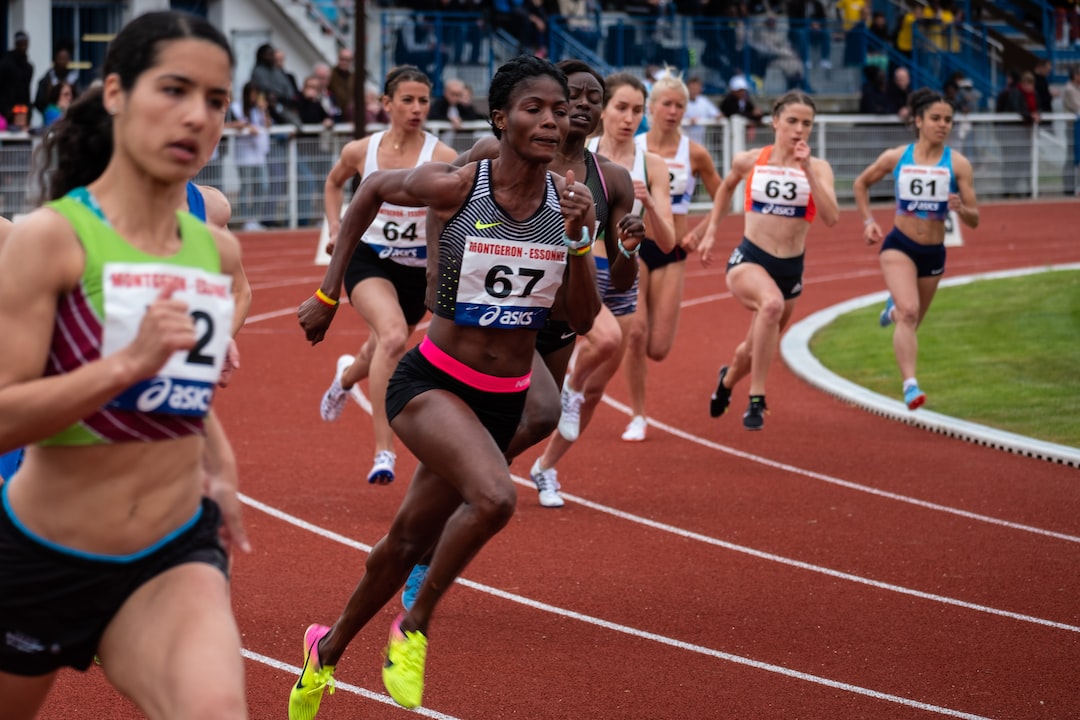The Art of Long Jump: Techniques and Strategies
The long jump, an exciting event in track and field athletics, involves athletes sprinting down a runway and then propelling themselves as far as possible into a sand-filled pit. Besides speed and strength, the long jump requires proper technique and strategy to achieve maximum distance. In this blog post, we will explore the art of long jump, focusing on various techniques and strategies employed by elite jumpers.
The approach is a critical aspect of the long jump. Athletes must maintain sprinting speed while keeping their body in control. Typically, the approach consists of 16-20 steps, with the last few steps being of utmost importance. These final strides are commonly referred to as the “runway flurry” and require precision and timing. The aim is to generate maximum speed while having the body in a controlled yet explosive state.
To do this, many long jumpers adopt a “C” curve technique. As the athlete sprints down the runway, they gradually move towards the right side (for right-handed jumpers). This curved approach allows the athlete to maintain balance and counter the centrifugal force generated during the run. By the time the jumper reaches the foul line, they should be on the left side of the runway, ready to take off.
The take-off is a crucial moment in the long jump. It requires a perfect blend of power, speed, and coordination. Most elite jumpers utilize the “hitch-kick” technique during take-off. As the athlete reaches the take-off board, they drive their lead knee up and forward. Simultaneously, they swing their non-dominant arm back while driving their dominant arm forward. This creates a coordinated motion, allowing the jumper to maximize power and momentum.
During the flight phase, long jumpers aim to maintain their body position while generating lift and forward drive. The key here is to achieve a horizontal body position and prevent any vertical lift, as that would result in lost distance. Athletes often adopt a “hang” technique, where they try to extend their legs and arms fully, maximizing their surface area to generate lift and aerodynamic advantage.
The landing is the final element of the long jump and can make or break an attempt. As the jumper enters the sand-filled pit, they must prepare their body for a controlled landing. This involves bending the knees and maintaining a forward-leaning torso position, ensuring a smooth and safe landing. Many long jumpers practice landing drills to strengthen their lower body and develop stability and control in the sand.
Beyond the technical aspects, long jumpers also employ strategies to optimize their performance. One strategy is altering the number of strides within the approach, known as step adjustment. By experimenting with different step patterns, athletes can find the optimal combination that suits their speed and body mechanics, ultimately leading to longer jumps.
Another strategy involves studying wind conditions and adjusting the approach accordingly. A headwind can impact speed and launch angle, so jumpers may opt to shorten the approach if facing strong headwinds. Conversely, a tailwind can provide an advantage, allowing jumpers to take longer strides and generate greater speed.
Furthermore, mental preparation is crucial during competition. Visualization plays a significant role, as imagining a successful jump can enhance an athlete’s confidence and performance. By visualizing the approach, take-off, and landing, jumpers can mentally rehearse and prepare their body for a flawless execution.
In conclusion, the art of long jump is a combination of technique, strategy, and mental agility. Perfecting the approach, take-off, flight phase, and landing is essential for achieving maximum distance. Additionally, understanding step adjustment and adjusting to wind conditions can optimize performance. Ultimately, through practice and dedication, long jumpers can master this exhilarating event and soar through the air with grace and power.

